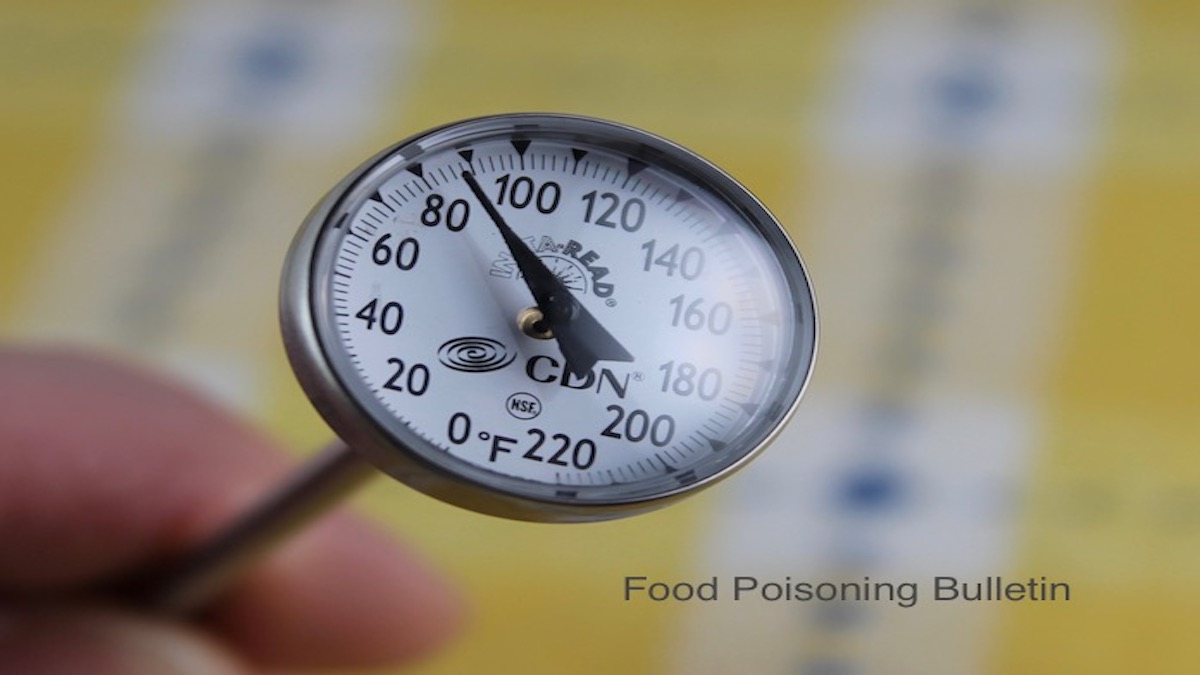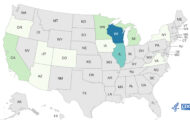The Centers for Disease Control and Prevention is offering Thanksgiving turkey food safety tips, especially about your holiday turkey. This year, a multistate outbreak of Salmonella Reading has sickened at least 164 people in 35 states, hospitalized 63 of those patients, and killed one person in California.

The statement says, “Food handling errors and inadequate cooing are the most common problems that lead to poultry-associated foodborne disease outbreaks in the United States.” You need to know that most poultry products sold in this country are contaminated with pathogenic bacteria. For instance, Consumer Reports found that 97% of the chicken breasts they purchased were contaminated.
So it’s up to the consumer to protect himself. Here are the Thanksgiving food safety steps you need to take.
Thaw Turkey Safely
Never ever thaw a turkey on the countertop. The danger zone, when bacteria grows by leaps and bounds, is 40°F to 140°F. When poultry is kept at that temperature, bacterial counts can double in number every 20 minutes.
Only thaw your turkey in the fridge. This can take days. A 12 to 16 pound turkey can take three to four days to thaw completely in the refrigerator. You must plan ahead and buy a frozen turkey far enough in advance that it will thaw in a safe manner.
You can also thaw the turkey in a sink of cold water. Change the water every 30 minutes to keep it cold.
The microwave is another way to thaw a frozen turkey, but you must cook the turkey immediately if you use this method, because some of the flesh may start to cook.
Or cook your turkey from the frozen state!
Turkey Food Safety Handling
Never rinse a turkey before you cook it. Rinsing does not remove all of the pathogenic bacteria, which may be inside the turkey flesh.
And the action of the water can cause the bacteria to aerosolize, spreading it up to three feet from the faucet. That means the bacteria could be sprayed directly onto your face.
Watch out for dripping turkey juices. They can easily cross-contaminate many surfaces in your kitchen, including countertops, the sink, cupboard doors and drawers and handles, and appliances. Clean all surfaces that may have come into contact with raw juices with soap and water.
To Stuff or Not?
For the best turkey food safety, if you choose to stuff your turkey, do so just before you are going to put it into the oven. Do not buy prestuffed turkeys that aren’t frozen.
The center of stuffing may not reach a safe temperature even if the turkey is fully cooked just because of its mass. Use a food thermometer to check the temperature of the stuffing and make sure it has reached 165°F so it’s safe to eat.
Let the stuffed turkey rest for 20 minutes after you take it out of the oven. This extra time will let the center of the stuffing cook more and reach a safe temperature.
Cook the Turkey Safely
The oven temperature should be set at a minimum of 325°F. Never cook a turkey at a lower oven temperature. Put the turkey breast side up in a roasting pan that is 2 to 2-1/2 inches deep.
You can use a thermometer that is designed to be used in the oven to keep track of the turkey temperature. Put it into the deepest portion of the turkey breast or into the inner thigh near the breast. Make sure that the thermometer probe doesn’t touch a bone because that will throw the reading off.
Rely on cooking charts to set the time. Remember that cooking times are different for stuffed and unstuffed birds.
Watch the thermometer and only take the turkey out when it reaches 165°F. If you are using a thermometer that doesn’t stay in the oven, check the center of the stuffing as well as the breast and thigh. Check the wing joint too.
Let It Rest
Your Thanksgiving turkey food safety journey is almost dine. When the turkey is removed from the oven, let it rest for 20 minutes. This will let the temp climb a bit, especially in the center of the stuffing, and lets the juices redistribute so the turkey will be more juicy.
Remove the stuffing as soon as the resting time ends. Then carve the turkey and enjoy.




